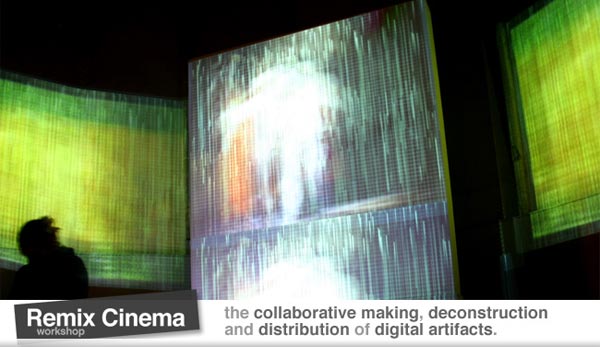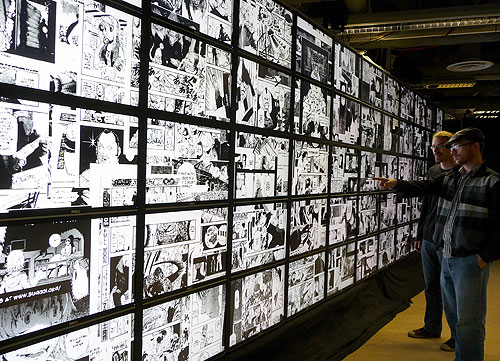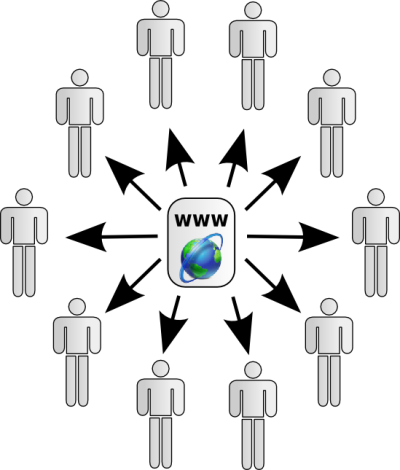REBLOG: Remix Cinema Workshop, University of Oxford, 24-25 March 2011

Owen Gallagher has written an excellent summary of Remix Cinema. A conference which took place at St. Anthony College in Oxford. Along with Mette Birk, Owen represented the collective Remix Theory & Praxis, of which I am also a member. Make sure to visit the brand new [re]mix:network.org where you will find Owen’s complete report. An excerpt follows below:
The Remix Cinema Workshop, organised by the Oxford Internet Institute, took place in the beautfiful period setting of St. Anthony’s College in Oxford last weekend. A cohort of remix enthusiasts descended upon the infamous university town to collectively contribute to what turned out to be a very successful and fascinating exploration of remix cinema and the issues surrounding this developing practice.
The keynote speaker was Stefan Sonvilla-Weiss of Aalto University, Helsinki, who edited the 2010 publication, ‘Mash-Up Cultures’ to which our very own Eduardo Navas contributed a chapter. Sonvilla-Weiss delivered a talk entitled ‘From Soft Cinema to Collaborative Movie Making in the Cloud’, influenced heavily by Lev Manovich and with particular reference to Christopher Nolan’s ‘Memento’ illustrating the concept of non-linear narrative and the potential for infinite variability of meaning once the separate elements of a text have been submitted to a database. The main proposal was the notion that if all video content and editing practices were migrated to the cloud, that is from the desktop to the browser window, then questions of authorship and ownership of content would potentially fade into the background.
Read the complete report at re]mix:network.org











